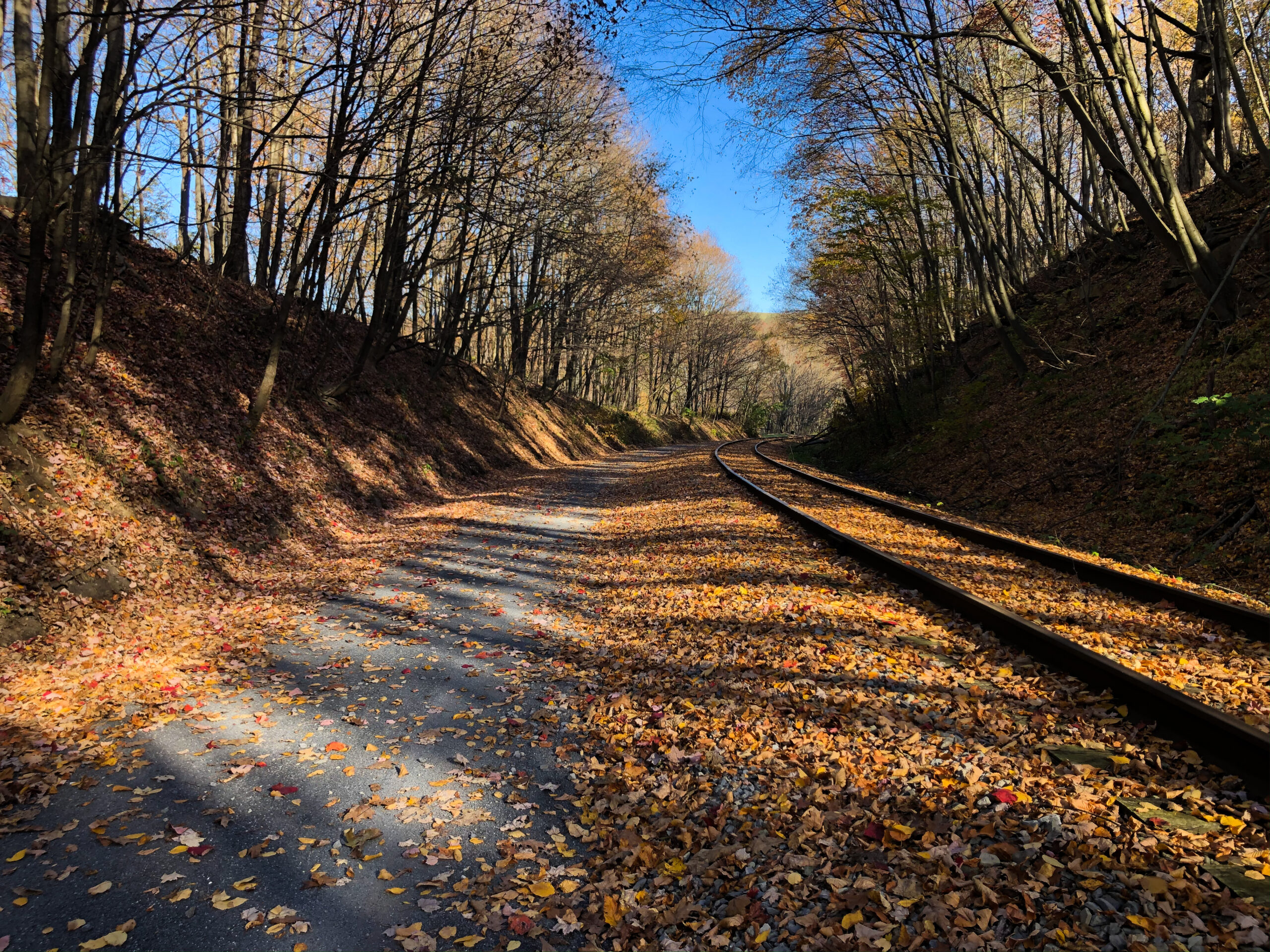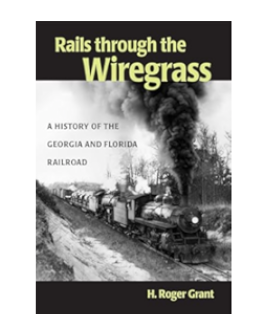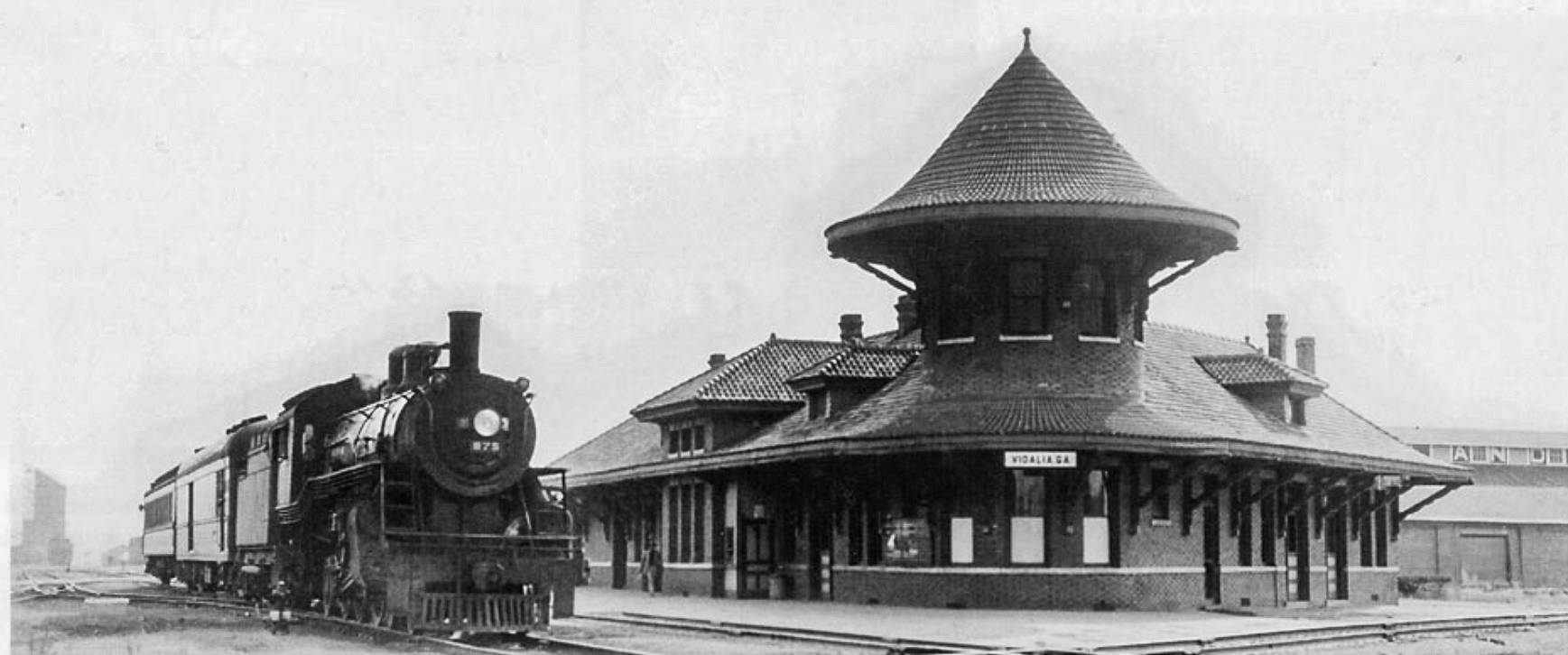

The Georgia & Florida Rail Corridor was assembled and constructed at the beginning of the 1900s; it operated from Augusta to Valdosta, Georgia, and continued to its terminus in Madison, Florida. Later, the line continued northward crossing the Savannah River, with the final leg reaching Greenwood, South Carolina.
Chartered in 1906 as the Georgia & Florida Railway, the G&F chugged quickly into the Wiregrass of Georgia; with the acquisition of all or parts of the seven railroads, and the construction of 87 miles of additional trackage, the G&F's steel spine was nearly complete.
The most challenging obstacle, and unquestionably the signature structure of the Georgia & Florida, was the G&F Altamaha River Bridge. The wide, flood-prone, and unaccountable Altamaha was formed by the merger of the Oconee and Ocmulgee Rivers, and it is the largest river in Georgia. It quickly meanders from Lumber City, Georgia down to Darien, Georgia, and then empties into the Atlantic Ocean, between Sapelo Island and Little St. Simons Island, Georgia.
The Altamaha provided access and a navigable passageway for steamboats deep into the interior of Georgia. Accommodating river commerce was a requirement for the G&F, and a new and revolutionary lift bridge design provided the answer. The Georgia & Florida RR contracted with the preeminent bridge fabricator in America. The American Bridge Company, together with the William Scherzer Rolling Lift Company began construction, in October of 1908. The massive bridge reached a total length of 3527.30 feet, with the 539-foot main span resting on a half-dozen six-foot thick concrete piers. No time was wasted during its construction, and on November 15, 1909, the first train steamed over the Altamaha.

Learn more about the G&F - Altamaha River Bridge National Register Application, and other research projects and activities along the original G&F corridor.
The station building was constructed for $12,000 and included the passenger depot, baggage room, express office, and restaurant. Made from brick and stone, the building was designed by Geoffrey Lloyd Preacher, a prominent architect who designed many of Atlanta's public schools, including Atlanta City Hall.
A large and diverse crowd attended the dedication ceremonies in 1912, and much food, drink, and fanfare ensued. The popular song, "Hot Time in the Old Town Tonight", played over and over, late into the night.





